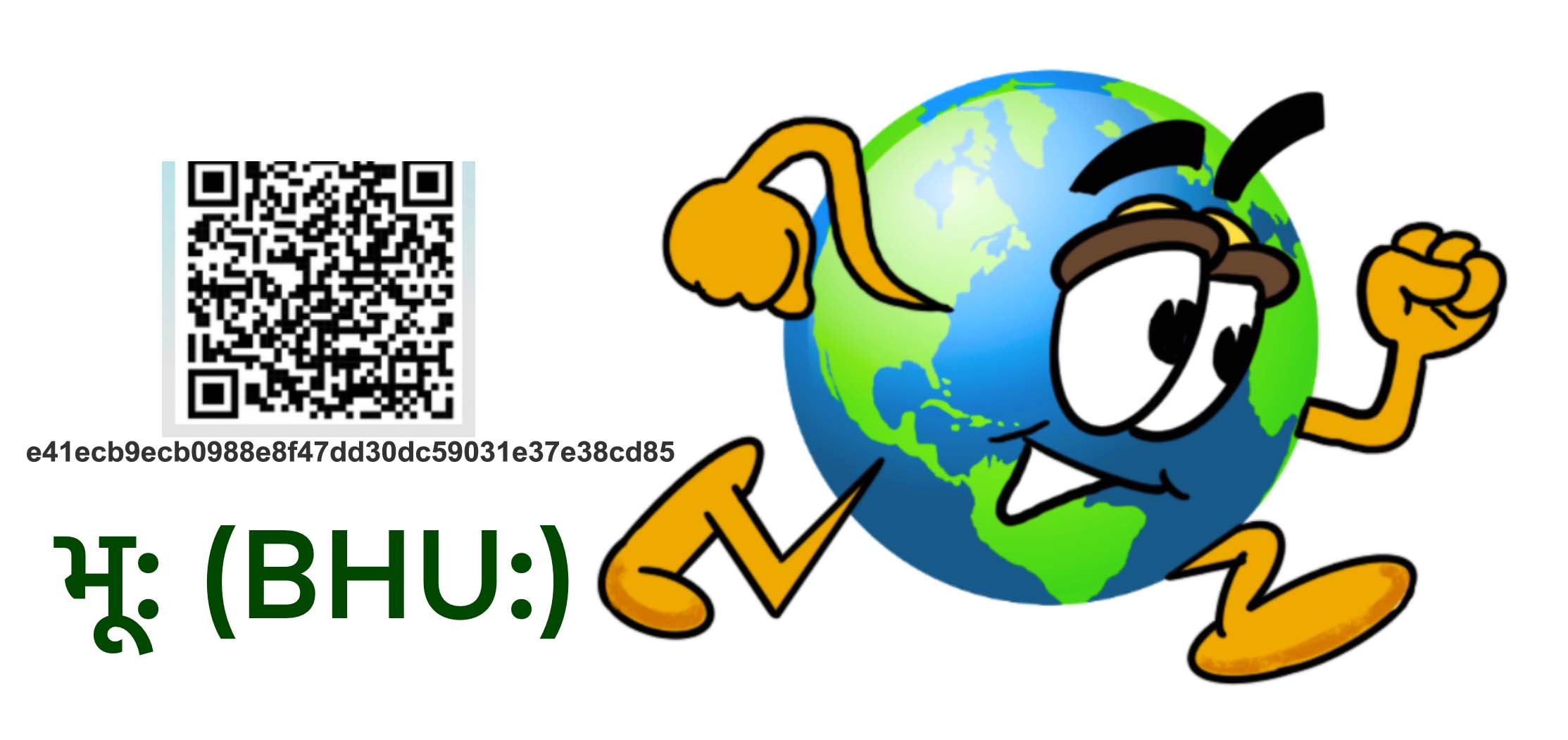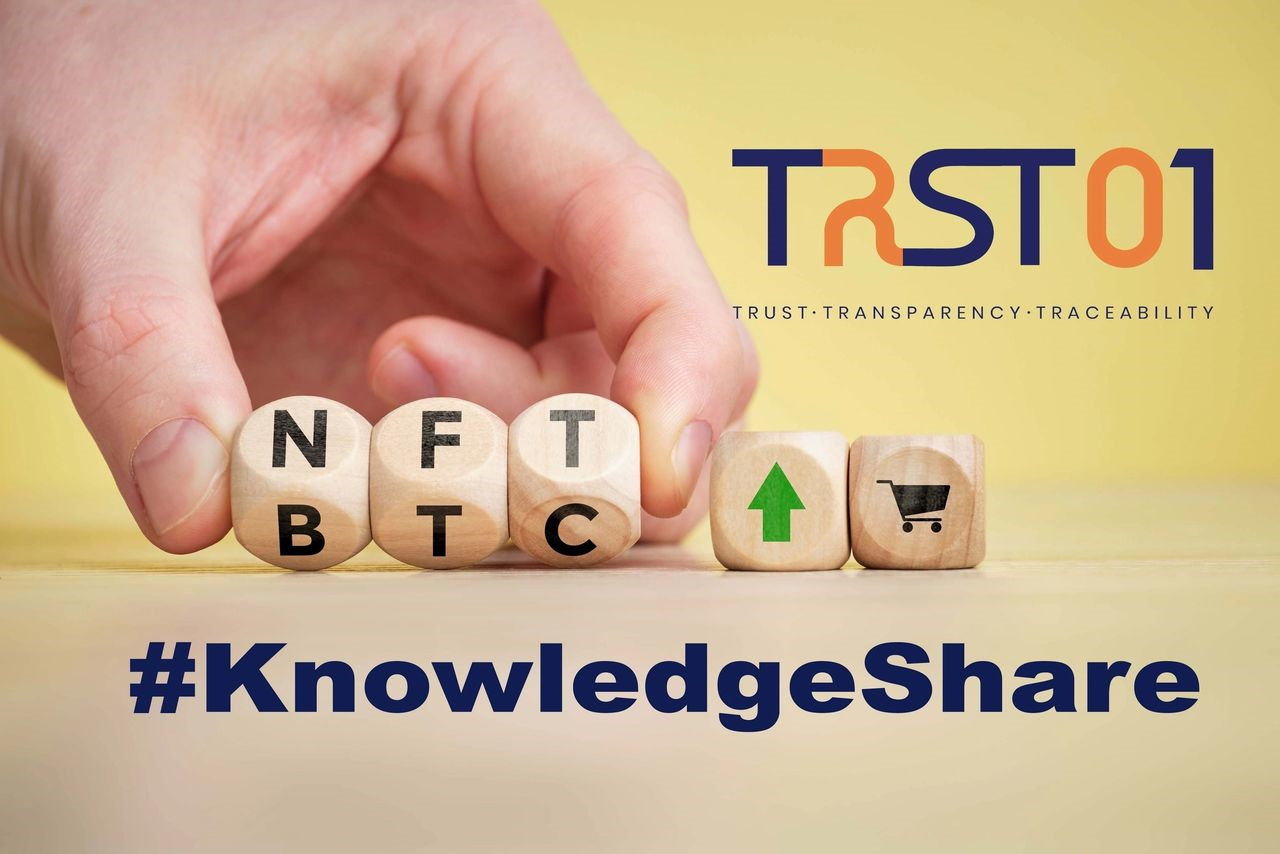Real World NFT
14 April 2022 | Blockchain | Real World| NFT

The buzz is around NFTs; the Whole world is getting mad at NFTs. More than 95% of the NFT markets are filled with digital Art, NFT. Bored Ape Yacht Club (BAYC), often colloquially called Bored Ape, is a non-fungible token (NFT) collection built on the Ethereum blockchain, having a collection of 1000 Apes valued at over $ 3.0 Billion, each of the Ape average value more than $311,000.
Is it Insane?
Is the actual “value” for any asset replaced by “speculation and Hypes” in the Real World?
NFT means Non-Fungible Token. Fungibility is the ability of a good or asset to be readily interchanged for another of like kind. Money is a prime example of something fungible. An Rs.100 currency note is easily convertible into ten Rs 10 or Five Rs.20 or Two Rs.50 notes etc., without losing the intrinsic value.

Goods and assets that are not interchangeable, such as owned cars and houses, are non-fungible. Also, we can term Real-World non-fungibles.
Masterpiece creations by the world’s greatest artists, Leonardo De Vinci, Michelangelo Picasso, and Indian artists M F Hussain, S H Raza, Amitra Shergil, Raja Ravi Verma are non-fungible or unique in themselves. These arts are the Real World’s non-fungibles. Similarly, the music and movie creations are the Real World non-fungibles.
The patent, The Intellectual properties, the innovations, and the rights to valuables are the Real World non-fungibles.
The term “Real-World” is essential to restrict the madness around NFTs speculation without understanding the Intrinsic value.
So what is NFT?
An NFT is a digital asset representing real-world objects like art, music, IP, and Patents. Further, we can add properties, stocks, real estate, carbon credits and many more to come in future.
The underlying technology NFTs, or non-fungible tokens, is riding to the forefront of this new era. It’s no surprise that these digital assets are selling like hotcakes, some of them reaching millions of dollars. The appeal of NFTs derives from their uniqueness because they cannot be replaced with similar products, and Fungibility is a prerequisite for understanding NFT.

NFTs are not cryptocurrencies, even though they are often bought and sold with Ethereum and Bitcoin. Cryptocurrencies, like USD, and Rupee, have Fungibility, and they are equivalent in value, and the amount you own does not change.
In the absence of any comparable value, NFTs are worth whatever the market is willing to pay. Any digital asset can be an NFT. To date, they include:
- Artworks
- Tweets
- GIFs
- Songs
- Purchases made in-game
OpenSea s the world’s first and largest NFT marketplace. Colexion is a creative marketplace on the polygon network where fans can buy and trade in digital collectables connected with cricket and entertainment stars. On the site, fans can purchase ‘collectable card’ NFTs, including ‘autographed cards’, video moments, and other tokens.
The first Oscar-nominated movie released as an NFT was Adam Benzine’s “Claude Lanzmann: Spectres of the Shoah.” The first tweet by Twitter’s Jack Dorsey was sold as an NFT. The first NFT album was ‘Kings of Leon’s ‘When You See Yourself.’ News organizations and galleries seem to be joining in on the trend after art and auction houses (and billionaires). Quartz has converted an article into an NFT, a digital asset that essentially serves as its certificate of ownership and authenticity. They’re, however, not the first.
NFTs are analogous to the attestation; a digital certificate from the artist saying that this is a work created by me along with the artwork,” explains artist Laya Mathikshara, who recently exhibited works in a Delhi-based Terrain.
Artworks can be minted as NFTs and shall be preserved over the Blockchain forever. And artists have a chance to earn royalties for their artworks through the secondary market as well, unlike the traditional mediums.”
Artist Amrit Pal Singh explains: “The Blockchain technology enables us to generate (or mint) a unique digital token. It can’t be replicated, thus making it non-fungible. This token can be transferred from person to person like a physical object. Unlike regular digital files, the token cannot be copied or owned by multiple people. You can associate this token with a regular digital file (image, video, mp3, or anything), and that token makes it unique when combined with the file.
The tokenization of assets represents a real-world tradable asset, a value, stake, or anything in the business ecosystem. Once derived and formulated, these tokens could be traded, and the ‘ownership’ and the ‘value’ associated with each token would be transferred accordingly. This kind of ownership with customer-centric features like high liquidity, blockchain immutability, real-time executable smart contracts, higher accessibility, and an easily manageable platform has created an interest in today’s economy.
Why is it required?
Digital assets are mainly emitted by tokenizing an underlying asset with money-like properties (medium of exchange, value storage, and account unit). These are then deployed to a blockchain network for security and verification purposes. Once the process is complete, these assets could be swapped on a primary or secondary market exchange with the necessary infrastructure to realize these assets’ trading, settlement, and custody.
Breakthrough: The tokenization of assets represents the next significant milestone for blockchain technology.
Types of Tokens: There are many ways to classify the tokens; they can be single-use or multi-use, reversible or irreversible, authenticable or non-authenticable, cryptographic or non-cryptographic, and numerous other combinations are available. Although at a systemic level, Tokens are often divided into the following basis:-
- based on Nature: Tangible Assets, Fungible Assets and Non-Fungible Assets, which focus on value investing.
- Based on Speculations: Currency Tokens, Utility Tokens, and Security Tokens focus on usage.
Area of Opportunity: The new “tokenized” economy offers tremendous potential for creating a more efficient and inclusive environment among the industries of Finance, Real Assets, Healthcare, Sports, and Enterprise.
From equity to human tokenization, the opportunities to generate “tokenized assets” is only limited by imagination.
The benefit of Asset Tokenisation:
- Accessible: Can be accessed globally from anywhere in the world
- Immutable: ownership cannot be removed
- Transparent: no one can claim to own assets fraudulently
- Cost-effective: terminate the involvement of intermediaries
Future Trend: Tokenization is a massive trend, a much bigger story than cryptocurrencies, initial coin offerings (ICOs), and even Blockchain. This year, at the World Economic Forum, there was a discussion about what assets might be tokenized, with examples ranging from property to agriculture. Although the ones that attracted the most the deliberations were the system ‘to enable farmers in emerging markets to raise finance by selling future crop yields. ‘
TRST01 is creating India’s First NFT-based carbon credits, enabling users to track, trade, and burn credits so that there is no double counting.
Originally Published TRST01 Blog
Share Blog on: